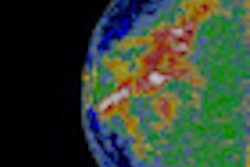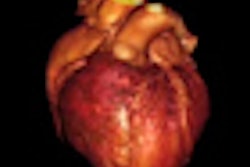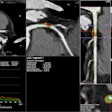Education Exhibit | LL-INE1188-WEA | Lakeside Learning Center
This exhibit will present software for computer-aided detection (CAD) of stroke for automatic identification, localization, and volume estimation of ischemic infarcts in unenhanced CT images.The algorithm, which also includes 3D visualization capabilities, aims to improve upon the low sensitivity of early ischemic lesion identification in unenhanced CT scans, said presenter Wieslaw Nowinski, PhD, of the Bioinformatics Institute in Singapore.
"By segmenting gray matter, white matter, and ventricles, and taking into account the changes in intensity distribution across the hemispheres, we have devised a method to rapidly identify and localize infarcts, estimate their volumes without infarct segmentation, and assess the amount of brain swelling," he said. "The method determines automatically the infarct hemisphere and extent of infarct in axial, coronal, and sagittal planes, and guides the user to the region with the largest stroke area."
Multiple 3D visualization methods, such as volume rendering with various transfer functions, maximum intensity projection, and others, assist the user in visualizing the infarct along with the skull and surrounding structures, Nowinski said.
"[The system] provides a solution which potentially increases sensitivity of stroke identification in unenhanced CT," Nowinski told AuntMinnie.com.




















